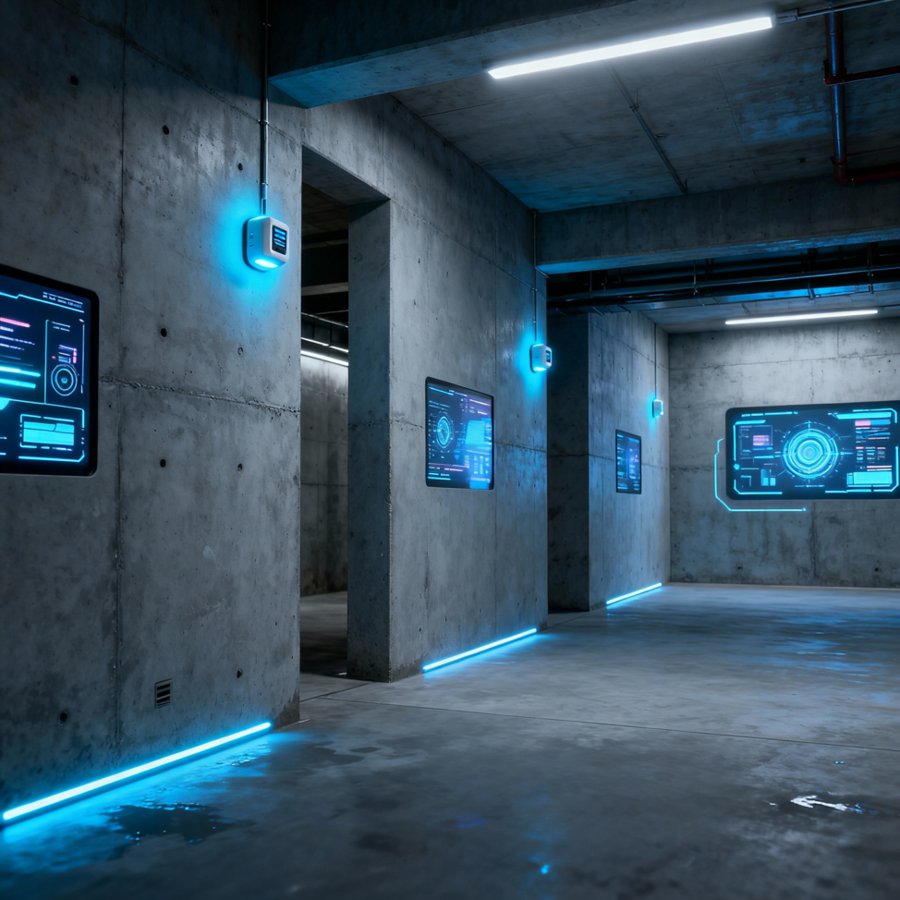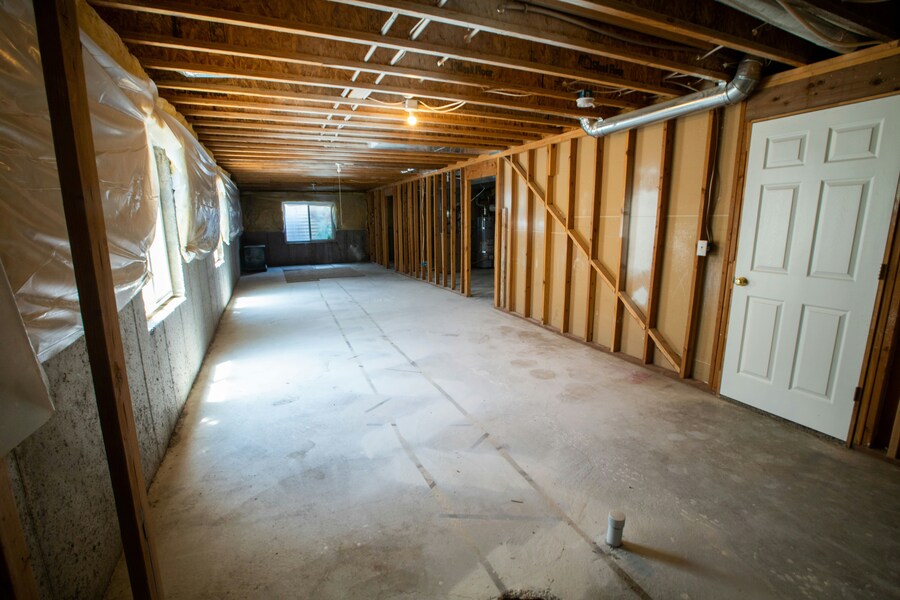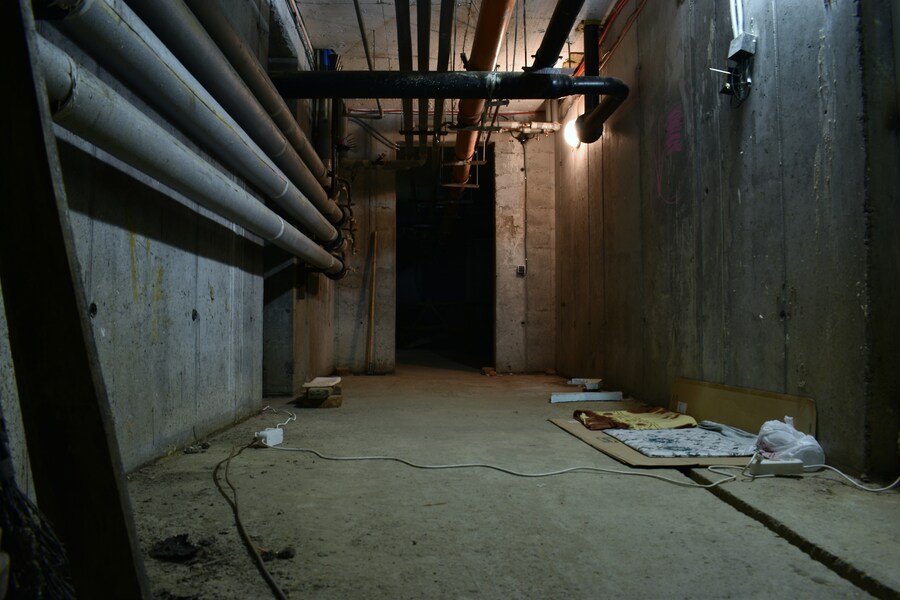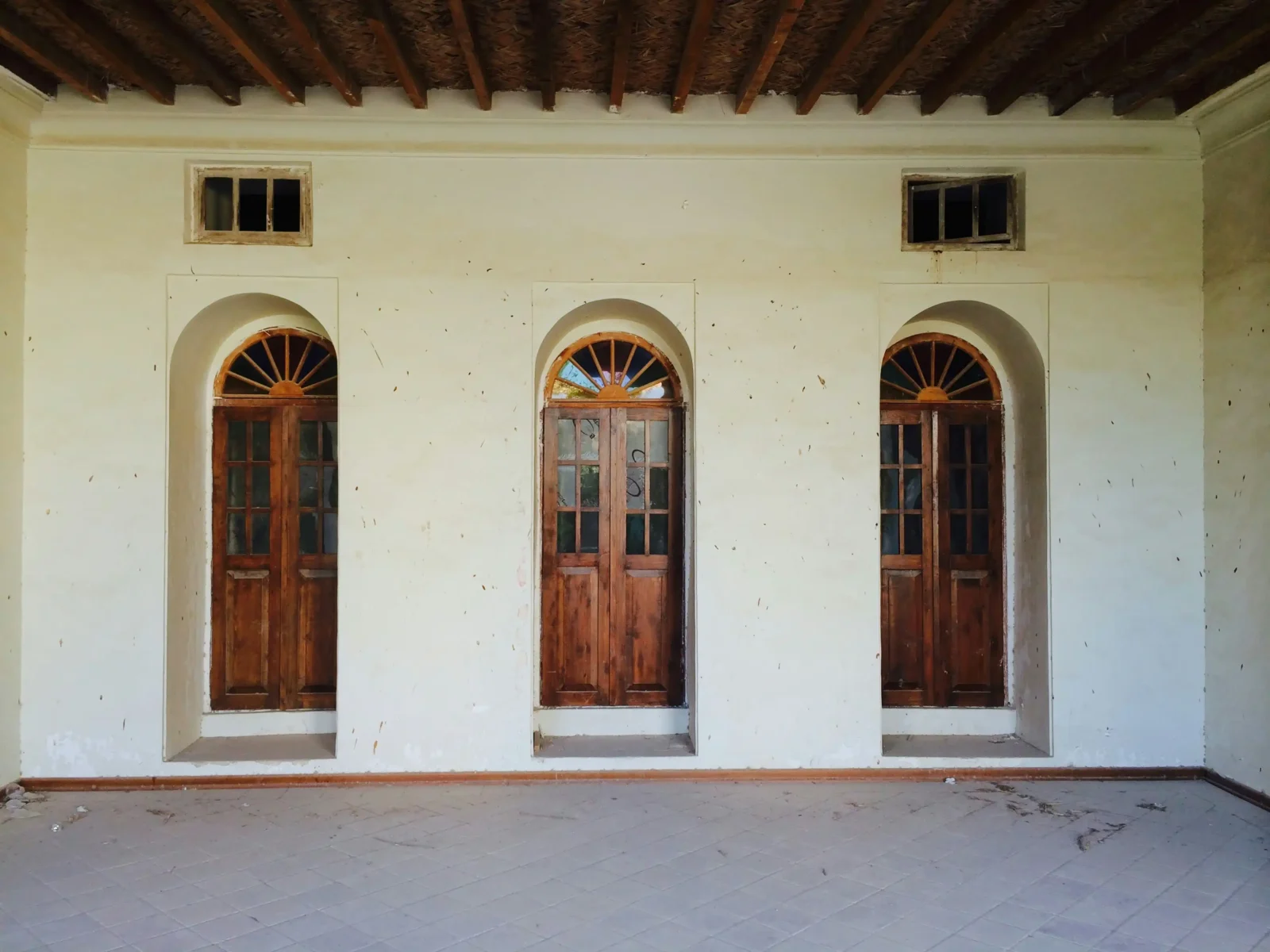- Home
- Articles
- Architectural Portfolio
- Architectral Presentation
- Inspirational Stories
- Architecture News
- Visualization
- BIM Industry
- Facade Design
- Parametric Design
- Career
- Landscape Architecture
- Construction
- Artificial Intelligence
- Sketching
- Design Softwares
- Diagrams
- Writing
- Architectural Tips
- Sustainability
- Courses
- Concept
- Technology
- History & Heritage
- Future of Architecture
- Guides & How-To
- Art & Culture
- Projects
- Interior Design
- Competitions
- Jobs
- Store
- Tools
- More
- Home
- Articles
- Architectural Portfolio
- Architectral Presentation
- Inspirational Stories
- Architecture News
- Visualization
- BIM Industry
- Facade Design
- Parametric Design
- Career
- Landscape Architecture
- Construction
- Artificial Intelligence
- Sketching
- Design Softwares
- Diagrams
- Writing
- Architectural Tips
- Sustainability
- Courses
- Concept
- Technology
- History & Heritage
- Future of Architecture
- Guides & How-To
- Art & Culture
- Projects
- Interior Design
- Competitions
- Jobs
- Store
- Tools
- More
Smart Basements of Tomorrow: Exploring the Latest Innovations in Waterproofing Technology

Picture this: your basement waterproofing system sends you a text message at 2 AM, warning you about rising moisture levels before a single drop of water touches your floor. Or imagine concrete that heals its own cracks the moment water appears. Welcome to the future of basement waterproofing solutions, where technology isn’t just changing the game; it’s rewriting the rulebook entirely.
Gone are the days when waterproofing meant slapping on some tar and hoping for the best. Today’s advanced basement waterproofing technologies blend artificial intelligence, nanotechnology, and bio-engineering into solutions that would make science fiction writers jealous. These innovations aren’t just about keeping water out anymore. They’re about creating intelligent, self-monitoring, self-healing spaces that adapt to environmental challenges in real time. Dedicated home care and proactive waterproofing has become essential for modern homeowners looking to protect their investment with cutting-edge solutions.
Table of Contents
ToggleThe Rise of Smart Monitoring Systems
Think of IoT sensors as the nervous system of your basement. These tiny devices work around the clock, measuring humidity, detecting moisture accumulation, and monitoring temperature fluctuations with precision that human inspectors could never match. When something goes wrong, they don’t wait for you to discover a puddle; they alert you instantly via smartphone notifications.
Smart leak detection systems have evolved beyond simple alarms. Modern platforms integrate multiple sensors throughout your basement, creating a comprehensive monitoring network that pinpoints exact leak locations. Some systems can even distinguish between condensation and actual water intrusion, reducing false alarms that used to plague earlier technology. The YoLink Water Leak Sensor 4, for instance, features four bottom-mounted sensor probes to maximize detection ability, pairing up to 16 sensor pods to a single hub for full-home coverage.

But here’s where it gets interesting: proactive waterproofing isn’t just about detection anymore. AI-powered sump pumps now analyze patterns in vibrations and electrical signals to predict pump failures before they happen. This predictive maintenance capability transforms reactive repairs into proactive prevention, saving homeowners thousands in potential water damage costs. As highlighted in
Dezeen’s showcase of innovative basement designs, modern basement spaces are being reimagined as sophisticated, technology-enhanced environments that defy traditional limitations.
Self-Healing Concrete: Nature Meets Engineering
Remember when fixing a crack meant calling a contractor? Those days are fading fast. Crystalline waterproofing technology represents one of the most fascinating developments in basement protection. This system uses a dry powder mixture containing Portland cement, silica sand, and proprietary chemicals that react with moisture to form long, narrow crystals.
These crystals don’t just fill pores and capillaries; they remain dormant after initial curing, activating again whenever they encounter water. It’s like having a microscopic repair crew living inside your concrete, constantly standing guard. The crystals can grow several inches over time, creating an impermeable barrier that strengthens with each water exposure.
Even more remarkable is Basilisk Self-Healing Concrete, which takes a biological approach. This material incorporates bacteria that multiply when exposed to water, producing limestone that automatically seals cracks. One project manager noted: “Normally I would now have to call in a repair injection crew. Thanks to the Self-Healing capacity of the concrete, this is no longer necessary.” Within ten weeks, cracks sealed themselves completely, meeting all waterproofing requirements without additional repair work.
Nanotechnology: The Invisible Shield
If crystalline technology operates at the microscopic level, nanotechnology goes even smaller, working at the molecular and atomic scale. Nanotech waterproofing coatings create surfaces that mimic the lotus leaf effect, where water droplets bead up and roll off, taking dirt and debris with them.
These ultra-thin coatings form molecular barriers on surfaces, effectively repelling water while remaining completely invisible. Unlike traditional sealants that can crack and peel over time, nanocoatings bond tightly to surfaces at the molecular level, creating near-unbreakable shields that withstand extreme weather conditions. They’re breathable too, allowing trapped water vapor within structures to escape while preventing external moisture from entering.
Graphene-based waterproofing materials push these boundaries even further. Graphene is twice as strong as concrete while offering self-healing properties and superior water repellency. Its highly hydrophobic nature makes it an exceptional waterproofing agent, and unlike many traditional materials, graphene is derived from carbon, making it safe and non-toxic.
AI-Powered Prediction and Prevention
Artificial intelligence isn’t just monitoring basements; it’s learning to predict water damage before it occurs. AI systems collect data from weather forecasts, historical flooding patterns, and your home’s specific characteristics, identifying patterns that indicate increased risk. For example, AI might recognize that heavy rainfall combined with your home’s particular features increases water damage probability, then send alerts allowing you to take preventative measures.
This technology extends to smart drainage systems that dynamically adjust to weather conditions. During heavy rainfall, AI-enabled drainage can automatically reroute water flow to prevent flooding. Smart sump pumps equipped with sensors detect water levels and pump failures, sending real-time notifications to smartphones. The PumpSpy system, for instance, turns any sump pump into a WiFi-connected smart device that alerts you if issues arise.

Research teams have developed AI flood models that provide water managers with up-to-the-minute decision-making tools. Using nearly a decade of historical environmental and weather data, these systems can run through complex scenarios in seconds, helping eliminate flood events or drastically reduce their impact.
Robotic Inspection: Eyes Where You Can’t Reach
Let’s face it: crawling through tight, dark, potentially hazardous basement spaces isn’t anyone’s idea of fun. Enter robotic inspection systems. These compact crawlers equipped with high-resolution cameras and powerful LED lights navigate spaces too small or dangerous for human inspectors.
Foundation repair contractors use these robots to spot potential hazards, document water damage, and find proof of structural issues without risking personal safety. The devices handle all-terrain conditions with tracks or wheels, featuring quick-change batteries that allow all-day operation. As one home inspector explained, “With the bot, I can get into more places,” providing more thorough and consistent inspections.
These robots aren’t limited to visual inspection. Some models integrate sensors that measure moisture levels and thermal imaging capabilities that detect hidden water intrusion behind walls. The documentation they provide is superior to traditional methods, offering 360-degree views and uninterrupted video feeds that can be reviewed later or shared with clients.
Green Waterproofing: Sustainability Meets Performance
Environmental consciousness has entered the waterproofing conversation. Eco-friendly waterproofing solutions utilize water-based sealants, recycled drainage materials, and permeable membranes that allow natural water filtration. These products minimize ecological footprints while providing effective protection.
Hemp-based construction materials, for instance, offer excellent insulation and moisture regulation with a net-negative carbon footprint. Hempcrete absorbs CO2, achieving -103 kg CO2e/m³, while naturally regulating humidity to reduce mold risk. Non-toxic materials contribute to better indoor air quality, making basements healthier living spaces.

The Integration Challenge
As impressive as these technologies are, they work best when integrated thoughtfully into overall construction and renovation plans. Smart waterproofing systems that incorporate sensors, automated controls, and monitoring devices need proper installation and maintenance to perform optimally.
The costs remain a consideration. While some nanotech solutions and AI systems carry higher upfront prices than traditional methods, the long-term savings from reduced repairs, energy efficiency, and extended material lifespans often balance the initial investment. As production scales up and technology matures, prices continue to decline.
Looking Ahead
The convergence of these technologies points toward basements that are not just dry spaces beneath our homes, but intelligent environments actively working to maintain their own integrity. Imagine systems where AI prediction, smart sensors, self-healing materials, and robotic maintenance crews all communicate seamlessly, creating a comprehensive defense against water damage that requires minimal human intervention.
We’re witnessing a transformation from reactive waterproofing to proactive, predictive, and even self-correcting systems. The basement of tomorrow won’t just resist water; it will anticipate, adapt, and heal itself. That future isn’t decades away; it’s arriving right now, one innovation at a time.
For architecture and design enthusiasts, these developments represent more than technical improvements. They signal a shift toward buildings that interact with their environments, respond to challenges, and maintain themselves with unprecedented sophistication. The question is no longer whether technology can protect our basements, but how we’ll integrate these remarkable innovations into the spaces we design and inhabit.
illustrarch is your daily dose of architecture. Leading community designed for all lovers of illustration and #drawing.
Submit your architectural projects
Follow these steps for submission your project. Submission FormLatest Posts
How Modern Bridges Balance Aesthetics and Engineering
How modern bridges balance aesthetics and engineering: explore form-driven systems, case studies,...
Exterior & Interior Remodeling Tips Every Homeowner Should Consider
Home upgrades reshape comfort, improve function, and strengthen long-term property value. Whether...
Top 8 Luxury Vacation Rentals Features Guests Love Most
A luxury vacation rental offers an entirely different experience than a typical...
Why Local Expertise Matters: Choosing the Right Plumbers in Townsville
Why Local Expertise Matters: Choosing the Right Plumbers in Townsville When it...












Leave a comment